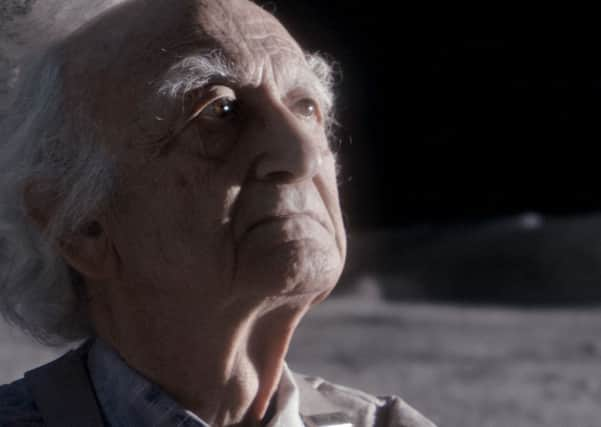Stephen Jardine: Why Man on the Moon really matters


I blame Coca-Cola. Back in 1995, the soft drinks giant unveiled its first television advert specifically targetting the Christmas market. Twenty years on, the fairy light festival is now an annual fixture of the TV schedules and a definitive sign the holidays are coming.
We are now all fixated by the British brands that have followed in Coke’s festive footsteps and this year they arrived earlier than ever.
Advertisement
Hide AdAdvertisement
Hide AdFirst out of the stocking was Asda who hit the TV screens with a big, noisy advert on 1 November, 54 days before Christmas. Lidl followed with their tongue-in-cheek School of Christmas ad, then everyone stood back and waited for the big one.
John Lewis led the charge back in 2011 with an ad focused on a little boy who couldn’t wait for Christmas to come. At a time when retailers were struggling to get to grips with how social media could help boost business, that advert generated more than 50,000 tweets in the 24 hours after it was first screened.
From that, a phenomenon was born and John Lewis have set the standard ever since. This year’s Man On The Moon ad cost a million and took seven months to make but delivers the now standard mix of thought provoking sentimentality. It’s a tough recipe to pull off.
Last year, Sainsbury’s brought in the sentimental big guns with an advert based around the Christmas truce in the trenches of 1914. At the time, it attracted criticism and more than 700 complaints, but it also raised more than £500,000 for the Royal British Legion who worked in partnership with Sainsbury’s on the advert.
This year, the company waited until Thursday night to launch this year’s offering. Its arrival means the battle for Christmas consumer spending is now well and truly under way. But does any of it make a difference ?
In an age of declining traditional television viewing, you would think not. But Christmas is a once-a-year chance to turn back the clock and reach a mass audience the way advertisers used to.
Winter is the peak season for TV watching so the right advert at this time of year supported by clever social media campaigns can still reach a big audience.
Also, its no coincidence that Sainsbury’s unveiled their feelgood Christmas ad just 24 hours after revealing sliding store profits.
Advertisement
Hide AdAdvertisement
Hide AdAfter a year of unremitting bad news for all the major supermarkets, the next six weeks are a chance to forget all about that and concentrate instead on bonding with consumers.
It’s interesting to see how little price features in any of these campaigns. No longer is the competition about who sells the cheapest turkey, but rather it’s a battle for hearts and minds.
There is a huge amount at stake. The UK is expected to spend £16.5 billion on food and drink and presents in the next two months, up 2.5 per cent from last year.
The Christmas meal remains the centre of the feast and more than half of us will spend more than £150 on food over the period.
It’s also a time when we turn to who and what we know. Despite all the upheaval in the supermarket sector, the top festive food and drink retailers remain Tesco, Sainsbury’s and Asda. The big Christmas TV adverts offer a chance for the big name brands to try to reinforce the position in the nation’s shopping psyche at a time when we are all a bit more soft and sentimental.
Given the scale of the prize on offer, it’s not hard to see why the battle to win the hearts and pounds of consumers is such a hard-fought and expensive contest.